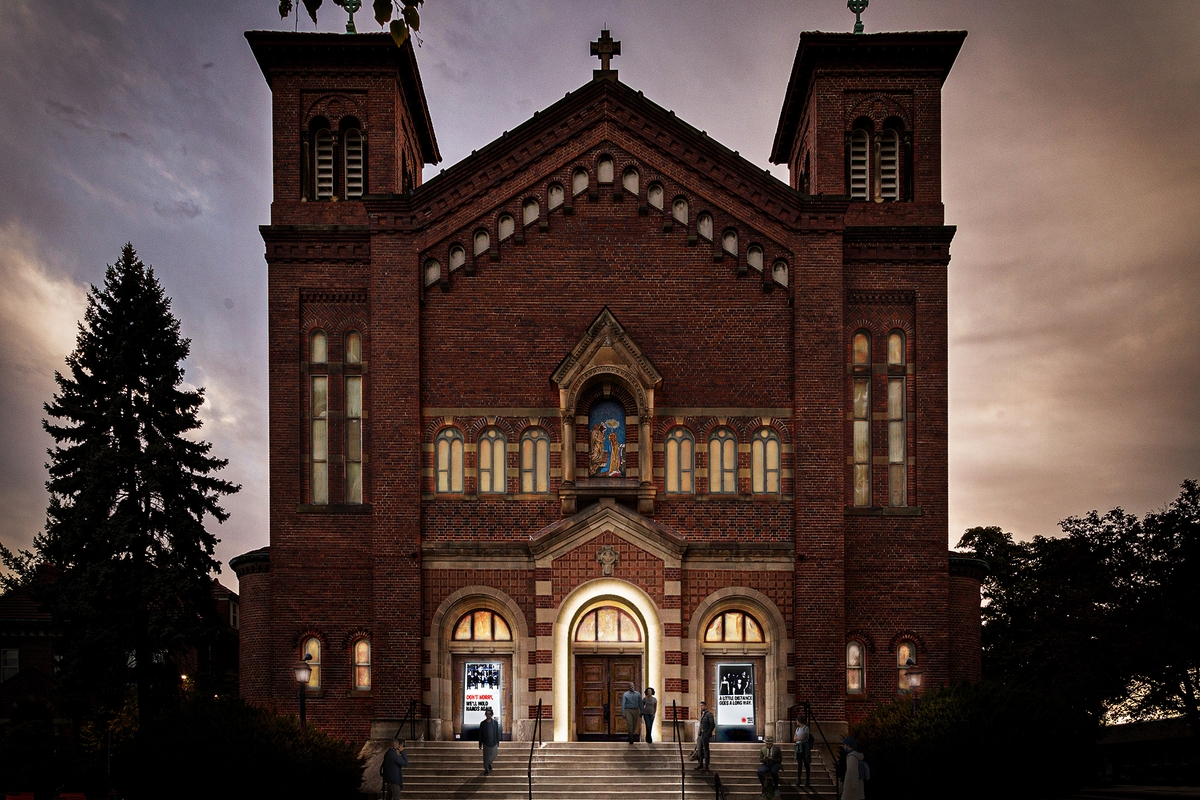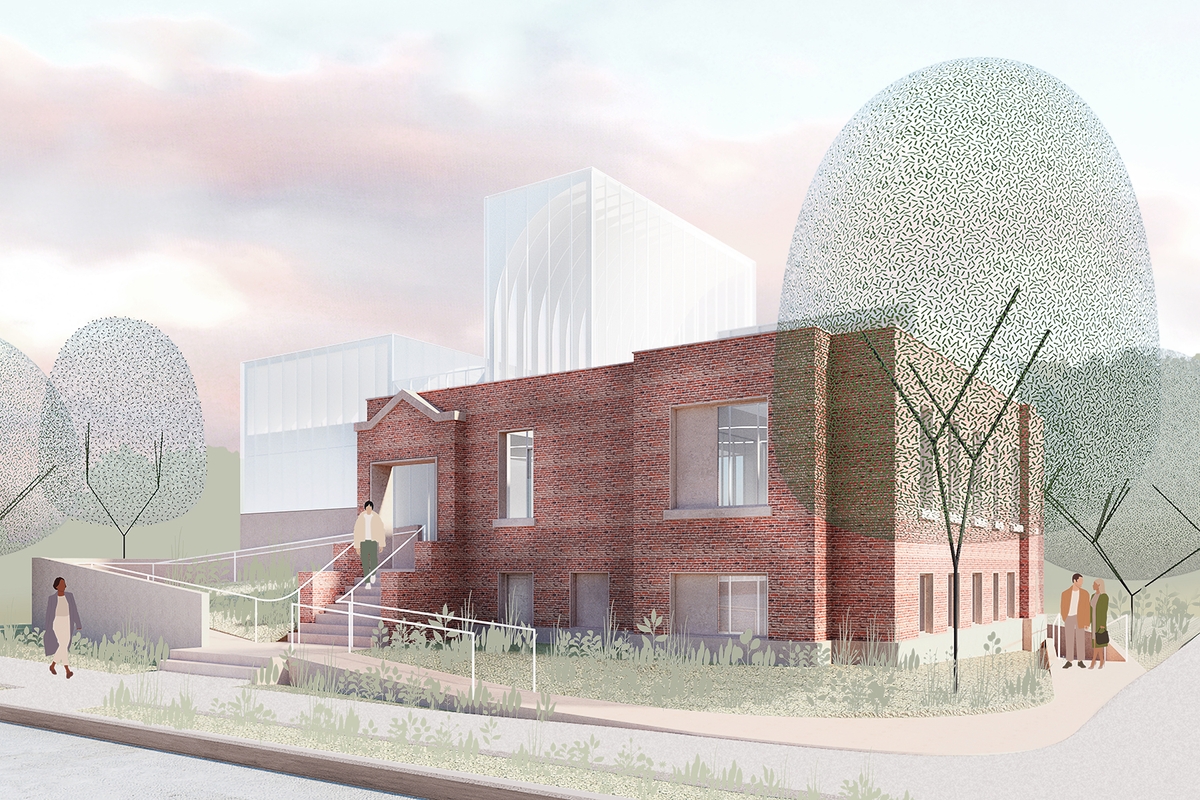
Today, co-founders of Library Street Collective and partners Anthony & JJ Curis have announced their plans for Stanton Yards, a new waterfront destination situated along the Detroit River. Deriving its name from the waterway’s original title of the Stanton Canal while paying homage to the site’s industrial history, Stanton Yards will join the Curises’ neighborhood-wide project known as Little Village following a transformation led by architecture firm SO – IL and multidisciplinary design firm OSD (Office of Strategy + Design). The development strategy for Stanton Yards will transition the storage and service-based marina into a 13-acre cultural amenity for the community, with over 80,000 square feet of commercial and creative space, 85 boat slips, and programmed waterfront parks. Driven to expand public access to the arts in Detroit, the Curises, alongside neighbors and community stakeholders, have envisioned Little Village as a new corridor in the East Village neighborhood centered around the arts. Upon completion, Stanton Yards will join the other anchor sites in Little Village, including the Shepherd, LANTERN, and Louis Buhl & Co., among others.
New York-based architecture firm SO – IL is leading the adaptive reuse of four existing pre-war industrial buildings at Stanton Yards to create a campus for arts organizations, creative retail, artist studios, independent hospitality ventures, and more. The transformation of the four buildings, which include a former theatre, marina showrooms, service shops, and a navy shipyard used during World War II, will introduce new facades on Jefferson Avenue, creating a porous entry for public access to the inner programs and waterfront. Led by SO – IL Principal Florian Idenburg, the design will reveal the buildings’ historic architecture through strategic demolitions while adding unifying elements and upgrades to accessibility.
"The ethos that 'new ideas must use old buildings' guides our transformation of Stanton Yards into a thriving, multifaceted community. Our design ingrains four historic buildings with tactility and refinement while paying homage to the site's robust nautical character. Revitalizing these old structures catalyzes innovation and creativity, transforming the site into an incubator for fresh ideas. In the spaces between, we envision a platform for diverse community-focused programming. These buildings become more than just a backdrop; they emerge as integral components of an evolving urban landscape," says Florian Idenburg, Co-founding Principal of SO – IL.

OSD, led by Partner Simon David, is designing the master plan and grounds for the 13-acre marina site, including a new waterfront restaurant and office building, cohesively tying together the existing buildings and functioning marina into one arts-focused campus. At the heart of the design—connecting the new facades at Jefferson Avenue to the Detroit River—is an emphasis on sustainability and a reintroduction of diverse cultural and ecological destinations. Once completed, Stanton Yards will be a publicly accessible site with access to the arts, ecology, boating, and waterfront activities. Library Street Collective, alongside neighborhood stakeholders, will spearhead the cultural programming and initiatives, which will include exhibitions, public activations, and performances.
“As Detroit undergoes a waterfront renaissance, Stanton Yards is poised to become a thriving new community destination for the city, combining arts, recreation, and ecological richness with new access from city to river. The 13-acre site, once home to theatres and military warehouses alike, is designed from the outside-in, merging nature, structures, and new buildings, seamlessly uniting the community with the waterfront. It's an honor to be working once again with our visionary clients Anthony and JJ Curis, who are invested in breathing new life into this neighborhood,” said Simon David, Principal, OSD
“Stanton Yards is an extension of the community-based principals we’ve applied to other cultural developments in Little Village. There is an emphasis on preservation, creative adaptation and intention, while transforming the storage-based marina into a public asset on the waterfront,” Anthony and JJ Curis shared.
Explore More Projects in Little Village


